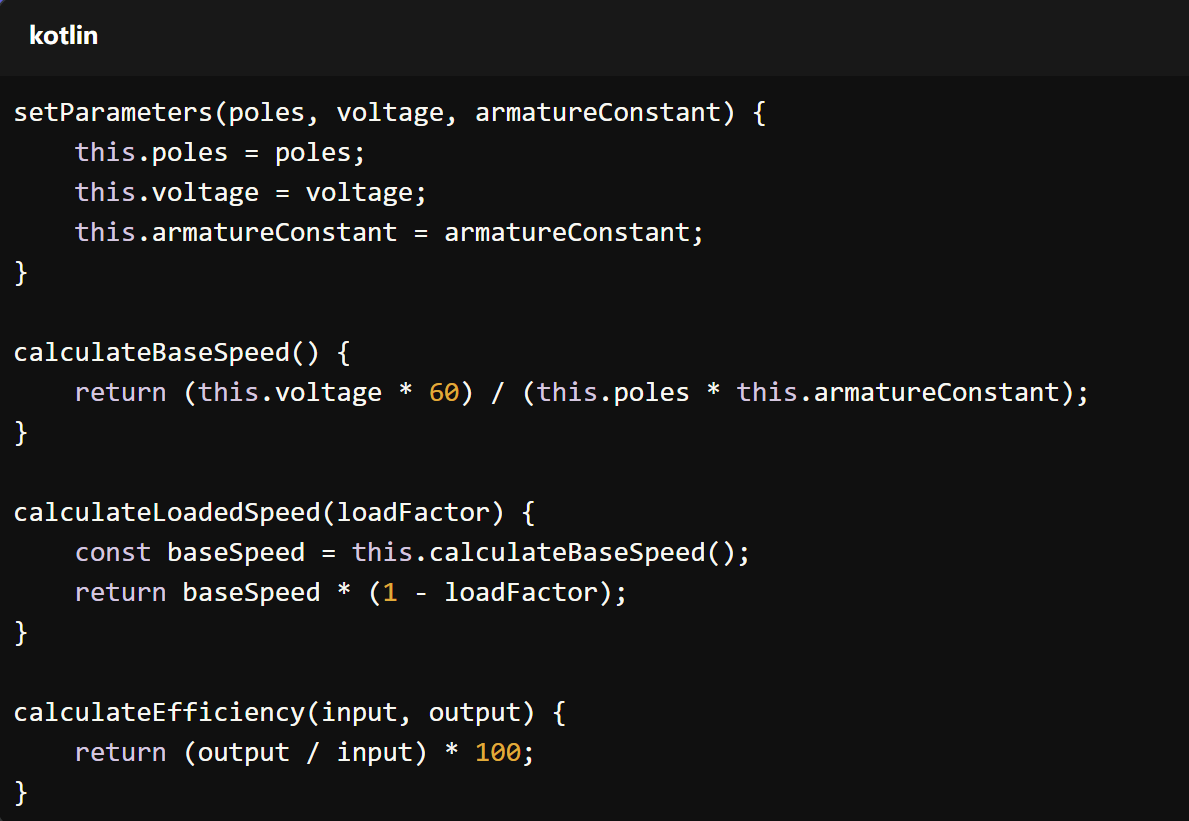Electric motors are everywhere in our daily lives, powering everything from kitchen appliances to factory machines. These motors are like the workhorses that keep our world moving, but they need protection – just like we need a shield to stay safe. That’s exactly what fuses do.
Let me explain how fuses work in the simplest way possible:
Here’s what makes fuses so special:
- They act super fast (faster than you can blink)
- They’re very reliable (they work when needed)
- They’re relatively cheap (compared to replacing a motor)
- They’re easy to replace (like changing a light bulb)
When do fuses protect your motor?
- During power surges (sudden increases in electricity)
- If something goes wrong inside the motor
- When there’s a short circuit
- If the motor gets stuck and tries to draw too much power
Think about a fuse like a safety valve. Just as a pressure cooker needs a safety valve to release extra pressure, your motor needs a fuse to protect it from too much electrical current. When something goes wrong, the fuse “breaks” the electrical connection, stopping the flow of electricity before it can damage your expensive motor.
A real-world example:
If your blender gets stuck while crushing ice, it might try to draw extra power to keep running. Without a fuse, this could burn out the motor. But the fuse breaks first, saving your blender from destruction. You just need to unstick the blender and replace the fuse, rather than buy a new blender!
Why is this protection important?
- Motors are expensive to replace
- Broken motors can be dangerous
- Motor failures can shut down entire production lines
- Fixing motor damage takes time and money
The best part about fuses is that they’re:
Inexpensive to maintain
Simple to understand
Easy to check
Quick to replace









